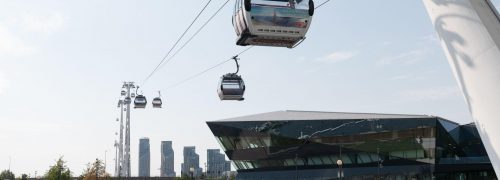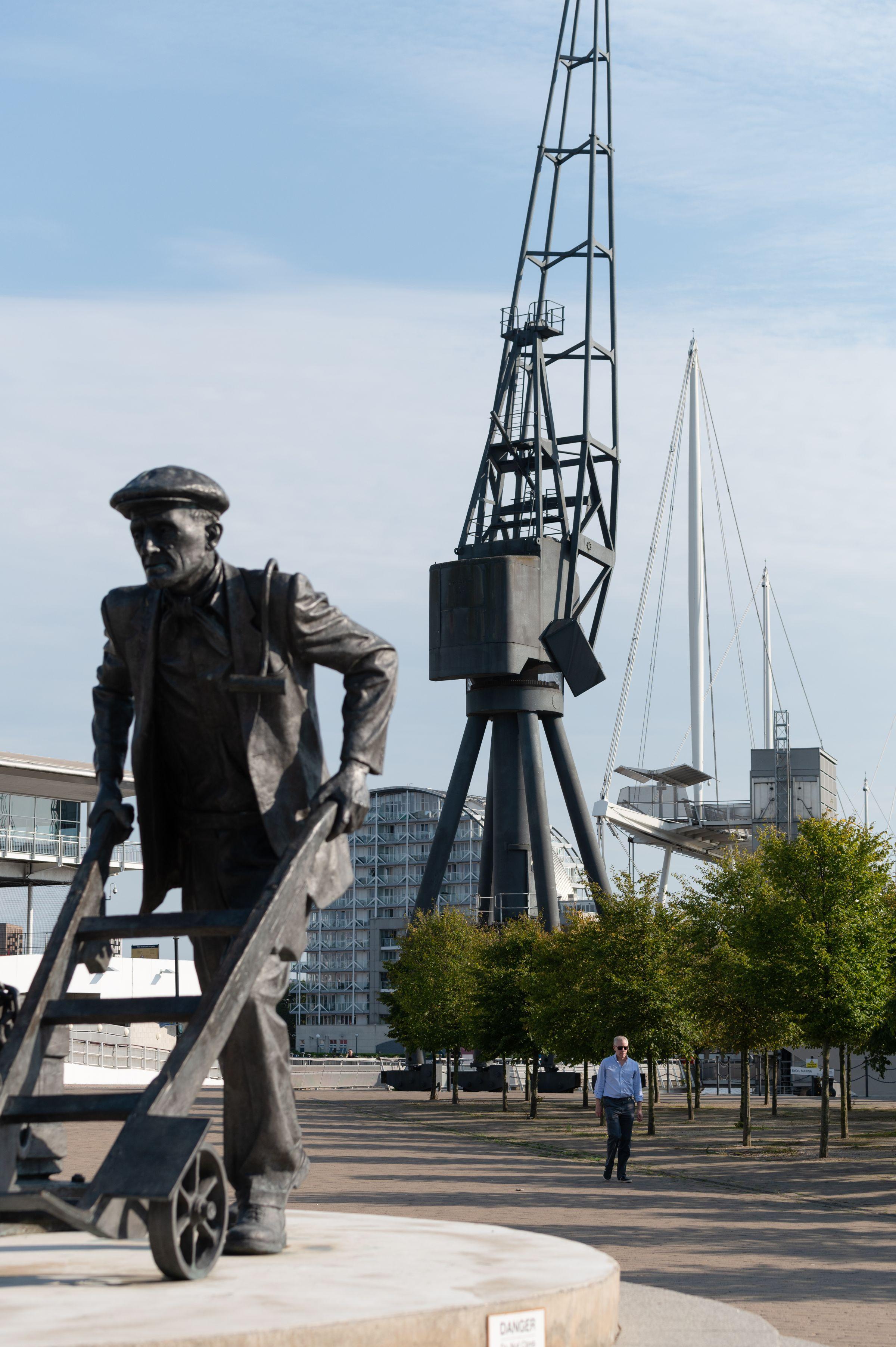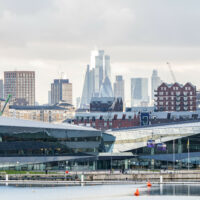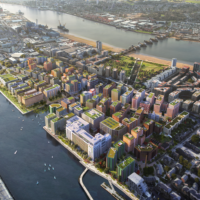
Regeneration news
Supply secured to power the future
In order to deliver on a whole new chapter, the Royal Docks needs electricity – lots of it. The Mayor of London and Mayor of Newham have now approved £25 million to provide a new electricity supply that will power the area for the future.
The Royal Docks has been granted £25 million of Enterprise Zone funding to secure new capacity. Expected to be delivered by 2025, this will be vital to support the 25,000 new homes and 60,000 jobs expected in the area over the next 20 years.
It might not be the first thing that comes to mind when people think about what it means to regenerate neighbourhoods – but without this new electricity supply, the growth plans for the Royal Docks would be untenable.


Dockers Statue by Les Johnson, Royal Victoria Dock
From a shipping past to a connected future: the Dockers Statue is dedicated to dockworkers from the 1800s and depicts John Ringwood, Patrick Holland and Mark Tibbs.
The new electricity supply requires installing 2.1km of new cabling from East Ham to the Royal Docks. A new primary substation will also be built in Beckton; site investigations are now underway, with the substation most likely being placed on an underused piece of land opposite Gallions Reach DLR station.
We’ll also need an upgrade to the mobile network: there will be a lot more people coming and going as the area develops over the next 20 years. The Royal Docks Team is hard at work to ensure phone signal is not an afterthought. Right now, we are in the process of mapping future network demands, so that telecoms providers can be proactive in meeting them rather than lag behind and cause frustration.
Decisions made today will support the new technologies that this evolving piece of London will require.
While new network capacity will be built by the mobile providers, the Royal Docks Team, along with the London Borough of Newham, has an important role to play to facilitate development, help predict demand and, not least, ensure that what’s built enhances the emerging public spaces by providing attractive infrastructure.
The Royal Docks presents unique challenges for mobile network providers: the proximity to London City Airport means there are height restrictions, and radar interference prohibits the use of certain spectrum bands. There are already three broadband companies operating locally with the capacity to provide gigabit speeds, meaning future internet capacity is also looking bright.


The Emirates Airline and the dockside
As the dockside continues to grow and develop, it requires an electricity supply that will power the area for the future.
Ensuring all this runs smoothly is a key function of the Royal Docks’ new Digital Strategy, which aims to ensure that the decisions made today will support the new technologies that this evolving piece of London will require.


